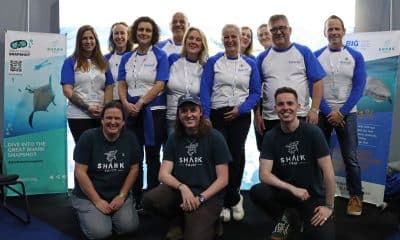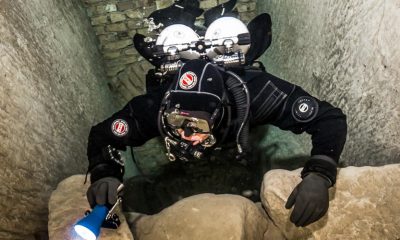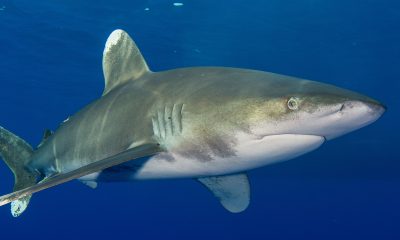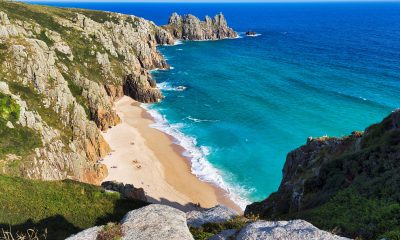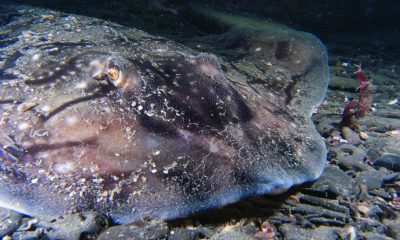News
Larger restaurant chains assessed for Seafood Sustainability

Joint study finds some firms with unsustainable choices on the menu
More than half the UK’s large restaurant chains are using seafood from overfished areas of the sea or fail to be transparent about the origins of their fish and shellfish, an assessment by Fish2fork and the Marine Conservation Society (MCS) suggests.
Sea bass, whitebait, cod and king prawns are among the types of seafood used by the restaurants which come from fisheries rated “avoid” by the Marine Conservation Society or for which the source is unclear.
The findings were made by Fish2fork, the online restaurant guide, in a joint project with MCS to assess a dozen of the biggest restaurant chains serving at least four species of seafood.
The chains boast a total of more than 1,800 branches between them and serve thousands of tonnes of seafood each year.
Seven of the chains failed to reach the basic level of sustainability on seafood that Fish2fork and MCS believe to be the minimum standard.
Yo! Sushi and Pret A Manger were found to be the most sustainable chains and followed highly responsible approaches to buying seafood. Yo! Sushi, which serves more species of seafood than any of the other chains assessed, was given a Fish2fork 4 blue fish rating while Pret achieved an excellent 4.5 blue fish. Under the Fish2fork rating system, 4 and 4.5 blue fish are the highest ratings yet achieved, out of a maximum of 5.
Table Table also impressed and earnt a 2.5 blue fish rating. A spokeswoman for the restaurant chain said: “Table Table is delighted to be recognised for its sustainable sourcing credentials as we are committed to continuing to give preference to wild caught fish and seafood, certified to the Marine Stewardship Council (MSC) chain of custody and line and pole standards. In working with Fish2Fork, we hope that more consumers have a greater understanding of the role they play in choosing sustainably caught fish.”
Hungry Horse also achieved a 2.5 blue fish rating while Zizzi, with 1 blue fish, was also found to exceed minimum expectations.
Sam Fanshawe, Marine Conservation Society Chief Executive said: “Working with Fish2fork, MCS aims to make the UK the first sustainable seafood nation in the world. MCS advice on seafood sustainability has already influenced major supermarkets to adopt sustainable sourcing policies and the restaurant sector needs to follow suit. We’re very encouraged that major high street chains like Pret A Manger and Yo! Sushi are leading the way, demonstrating that sustainable seafood is good for business as well as the environment.”
Tim Glover, co-founder and managing director of Fish2fork, said: “Some restaurant chains are making every effort to ensure the seafood they put on their menus is caught sustainably or farmed responsibly.
“But we believe the sector as a whole should be putting much more effort into sourcing practices and the information given to customers. Diners want to eat with a clear conscience, to know that their menu choices are not further damaging our hard-pressed seas.
“To do so, they need clear assurances from restaurants that the fish and shellfish offered to them come from a well-managed fishery or farm. Our assessments show that too many restaurants are either serving seafood we believe should be kept off the menu, or are giving so little information on menus and websites that customers can have little clue to the origins.”
Mr Glover added: “We congratulate the restaurant chains which have earned blue Fish2fork ratings. They have shown an awareness of the issues of marine sustainability and a willingness to source responsibly and inform customers – this can only be good for the marine environment.”
The biggest issue identified by the Fish2fork and MCS project was lack of transparency on the sources of the seafood being served. Two-thirds of the restaurants – eight out of 12 – served at least one species of seafood that could have come from an overfished fishery. Only half of the restaurant chains were willing to provide full answers to questions by Fish2fork about the sources of their seafood. This lack of transparency makes it impossible for the public to be sure the seafood being served is from sustainably managed fisheries.
Bella Italia, Ask, Harvester, Wagamama, Café Rouge, Chiquito, and Frankie & Benny’s were given Fish2fork red fish ratings. The lowest was Bella Italia with 1.5 red fish. The lowest possible rating is 5 red fish. While it is disappointing that any chain restaurants have merited a red fish award, there were indications that none of the seven that were given red fish ratings would need to introduce enormous changes to earn a blue fish award.
The joint project between Fish2fork and MCS was conducted during a successful trial period of co-operation between the two organisations. Fish2fork and MCS are now working towards a full merger. Together, Fish2fork and MCS are working to ensure that all seafood eaten or traded in the UK is caught or produced sustainably. Individually they have challenged different sections of the supply chain whereas working together they will be able to influence all of it – from boat to plate.
Mr Glover said: “This merger is good for Fish2fork, good for MCS and, more importantly, good for the marine environment. We will be able to cover the entire supply chain, making us greater than the sum of our parts. Together, we hope to bring about changes with the overarching aim of ensuring all our seafood comes from sustainable sources, which will help preserve fish stocks long into the future.”
Mrs Fanshawe added: “Seafood is increasingly popular, but our fish stocks are under increasing pressure. By joining forces with Fish2fork, we aim to ensure that whether you’re in the supermarket, at a restaurant, or ordering a takeaway, UK customers and diners have the information about where to go and what to buy to protect our fish for the future.”
The ratings:
Blue rated:
Pret a Manger 4.5 blue
Yo! Sushi 4 blue
Hungry Horse 2.5 blue
Table Table 2.5 blue
Zizzi 1 blue
Red rated:
Café Rouge 0.5 red
Harvester 0.5 red
Wagamama 0.5 red
Ask 1 red
Chiquito 1 red
Frankie & Benny’s 1 red
Bella Italia 1.5 red
Blogs
Join Pharaoh Dive Club for Red Sea Splash Family Summer Camp in August 2024
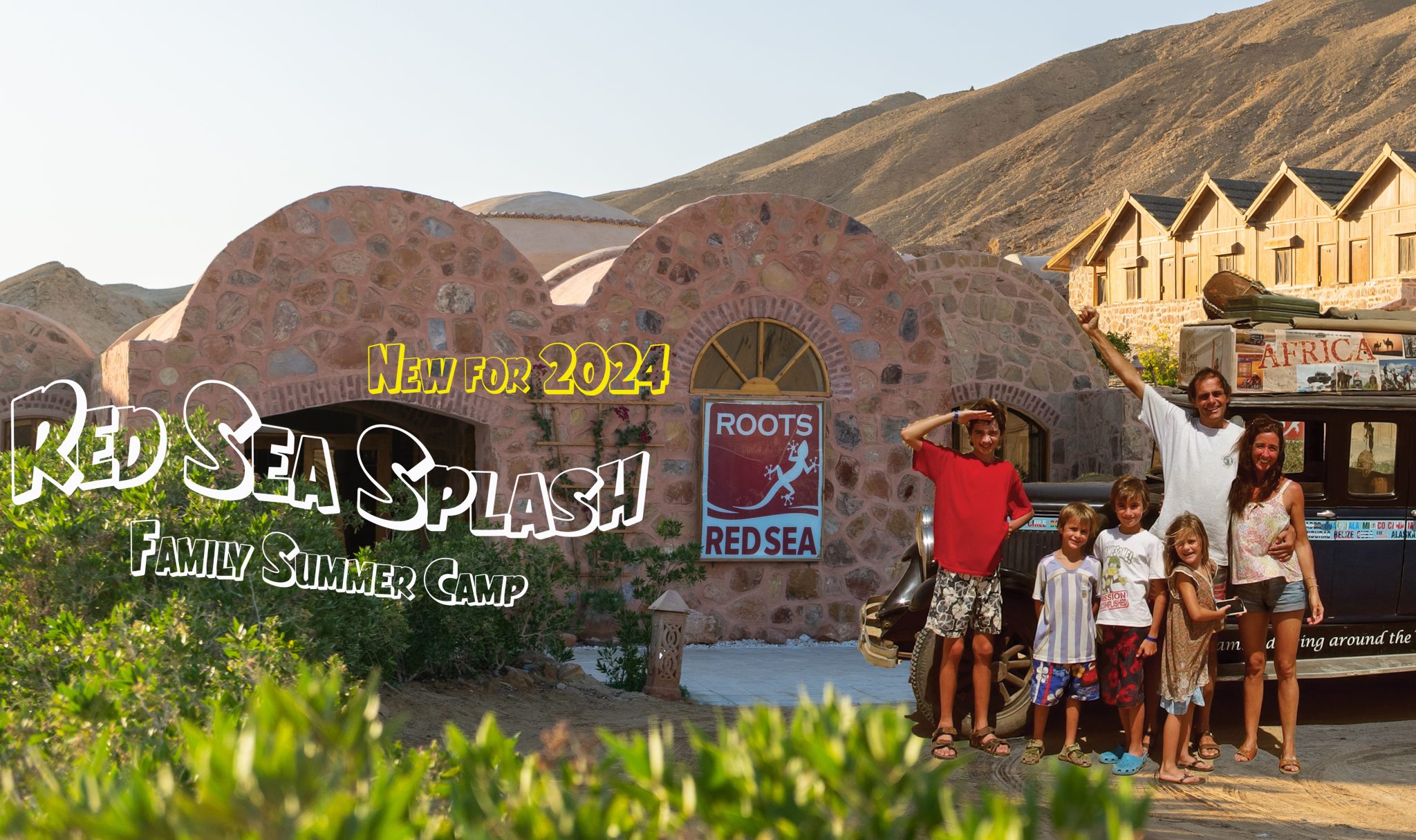
3rd AUGUST 2024 – 1 or 2 WEEK PROGRAMMES
Daily water programme with Snorkelling & Scuba Diving.
Beginners or qualified, something for all.
Leave the kids with the Splash Team for days of Excitement, Fun & Adventure!
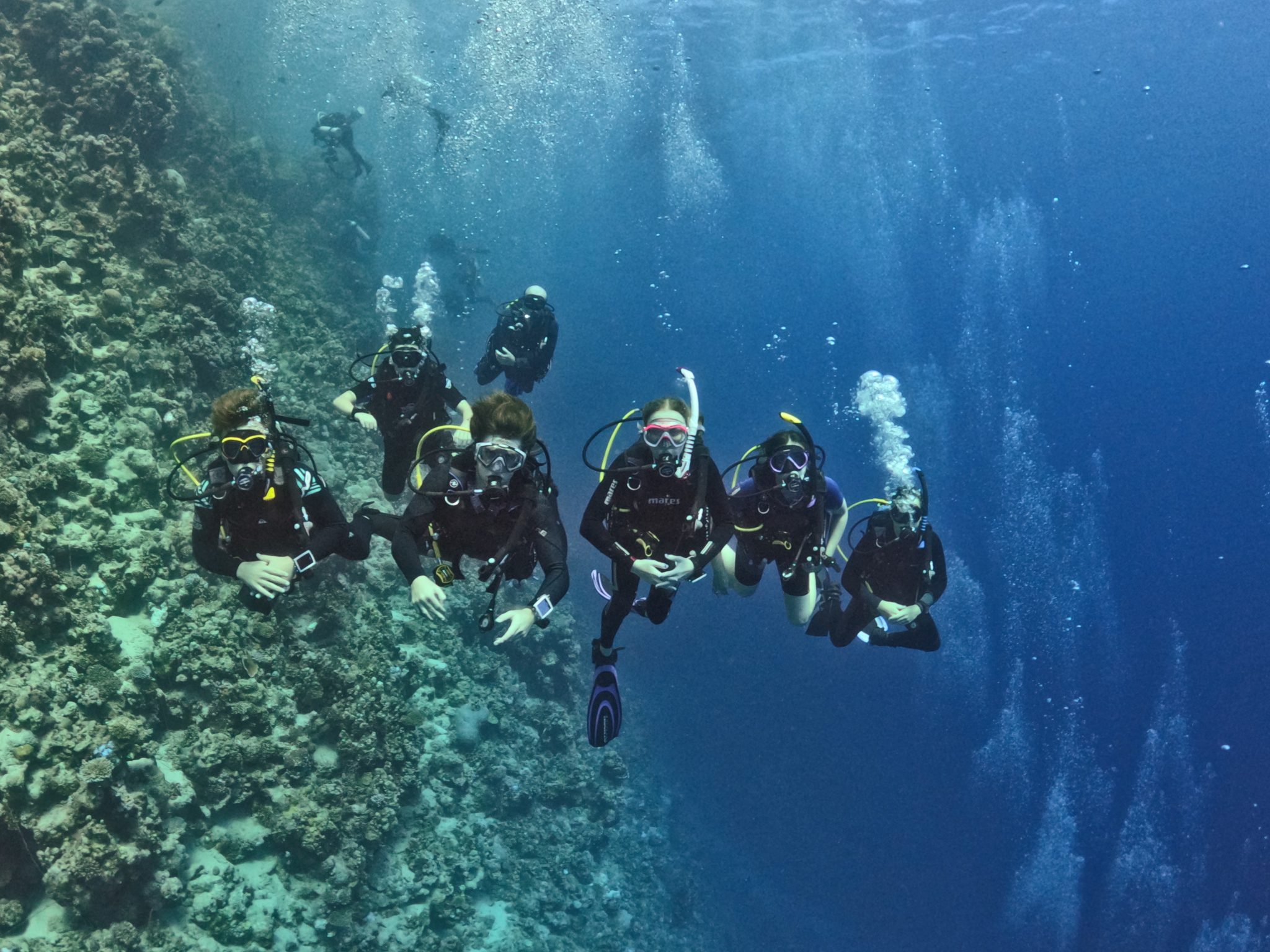
BOOK NOW: INFO@PHARAOHDIVECLUB.COM / TEL: +44 7598 329059 or +20 100 6822000
There are various options for accommodation with options for 2, 3, 4 or 5 guests.
Eco Huts provide accommodation for families of up to 4. The best option to enhance the adventure and closest to camping with basic facilities. For August we will provide central air cooling for all the Eco Huts.
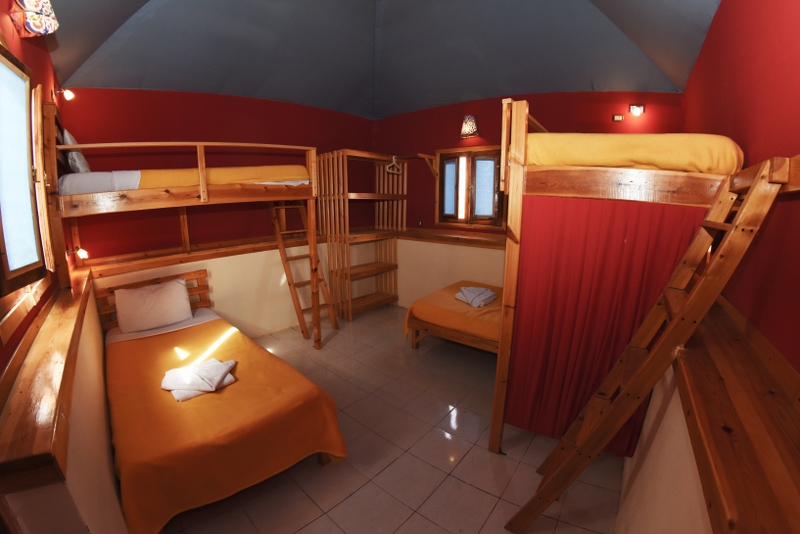
Deluxe Chalets are only suitable for 2 guests. Fully air conditioned rooms with private bathroom and other facilities.
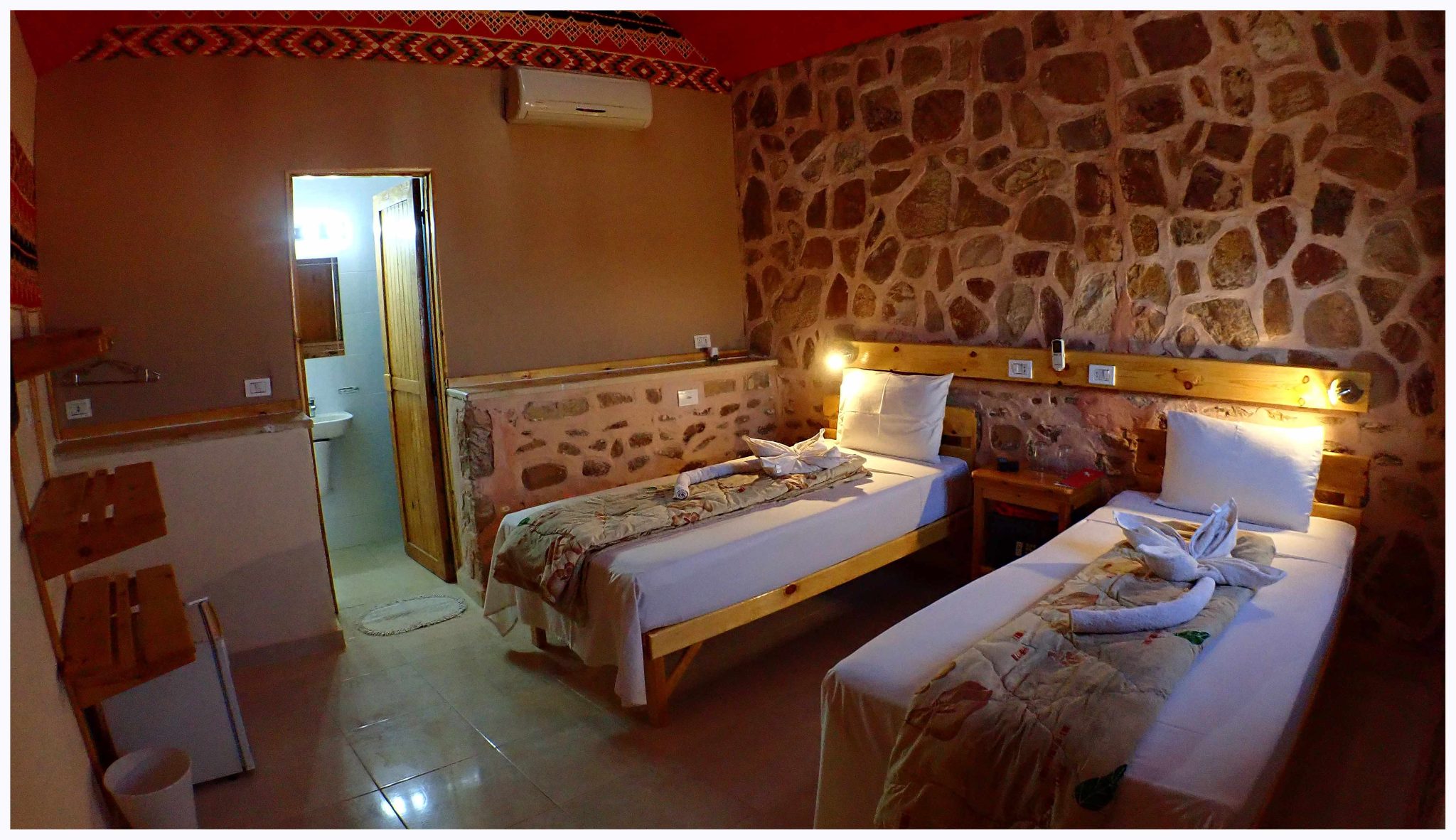
Boutique Rooms are available for families of up to 5.
Individual bespoke rooms fully air conditioned with private bathroom and other facilities.
Eco Huts: £675 per adult / £425 per child / Under 8 FREE of charge
Deluxe Chalet: £830 per adult / £505 per child / Under 8 FREE of charge
Boutique Room: £925 per adult / £550 per child / Under 8 FREE of charge
BOOK NOW: INFO@PHARAOHDIVECLUB.COM / TEL: +44 7598 329059 or +20 100 6822000
This is a truly unique opportunity to have a Family Desert Adventure totally away from it all! You will be based at the remote Roots Red Sea on the coast of the Egyptian Eastern Desert, 140km south of Hurghada city.
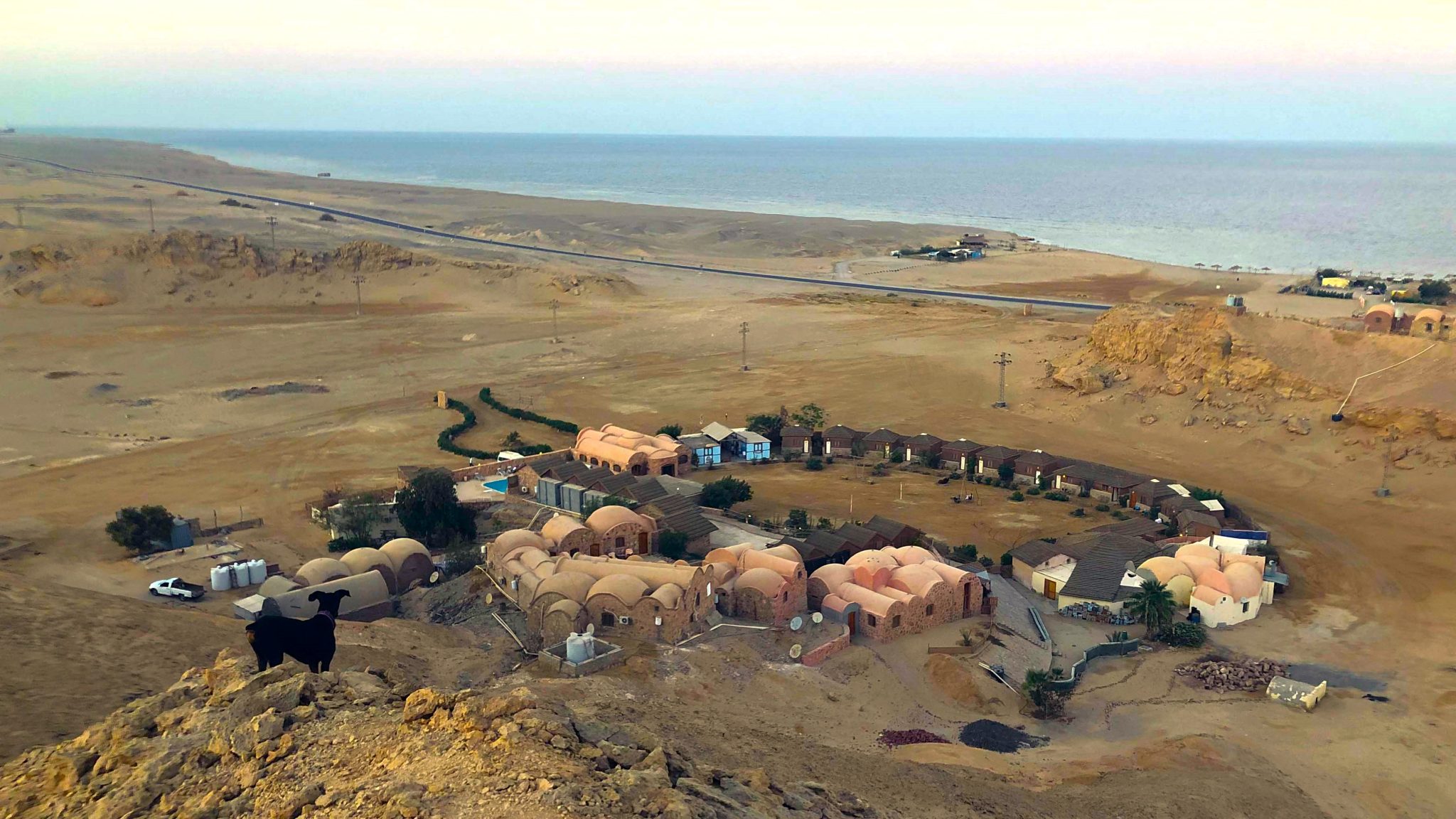
Red Sea Splash main focus is Snorkelling & Scuba Diving but that’s not all, we provide a rounded week of activities in support.
Pool& Field Games – Arts & Crafts
Marine Biology Workshops
Cultural Activities – Orienteering Adventures
Roots Red Sea have established strong links with the local communities of Hamerwain & El Quseir affording our guests to have a true taste of the local culture, SPLASH CAMP embraces this opportunity and bring in the local children to join in the fun with our adventure seekers.

During the day, families are welcome to take part in all activities together or the kids can be left with the SPLASH CAMP team while the parents enjoy the facilities or go diving themselves!

At the end of the day, its family time while the SPLASH CAMP team take a break. For those with the energy, there are family evening activities planned a few evenings.
Open Air Movie Night – Desert Star Gazing Walk & Talk
El Quseir Evening City Tour
The second week is very special, we head off on the Big Blue for a liveaboard safari around Fury Shoals.
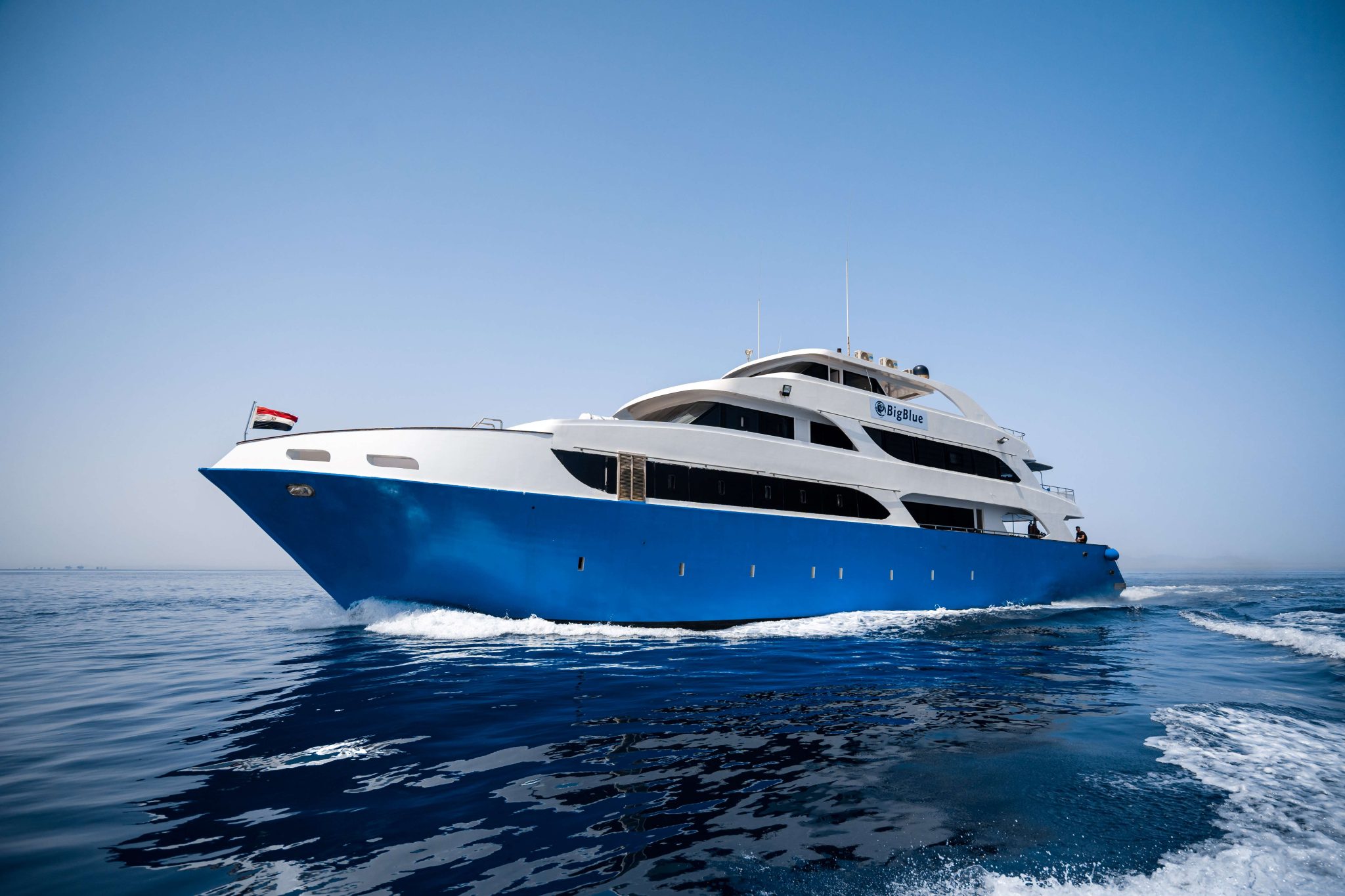
BOOK NOW: INFO@PHARAOHDIVECLUB.COM / TEL: +44 7598 329059 or +20 100 6822000
U-8 Splash Club
Sadly we can’t offer Scuba Diving to the Splash Club but we can have lots of fun Snorkelling & Free Diving!
Splash Club includes:
Certified Snorkel Course – Marine ID Games – Intro to Free Diving
Arts & Craft Sessions – Adventure trails – Cultural Playtime – Pool Games

U-12 Explorer Club
In addition to an exciting snorkelling and Free Diving Programme in the Splash Club we can take you under the water on SCUBA to a whole new world of fun and wonder. If you are under 10 your first breath under water will be as a Bubblemaker and continue with daily Seal Team Missions. From 10 we will complete a Discover Scuba Diving experience in the amazing Red Sea. Alternatively we offer a full junior certification programme to become an international qualified Scuba Diver.
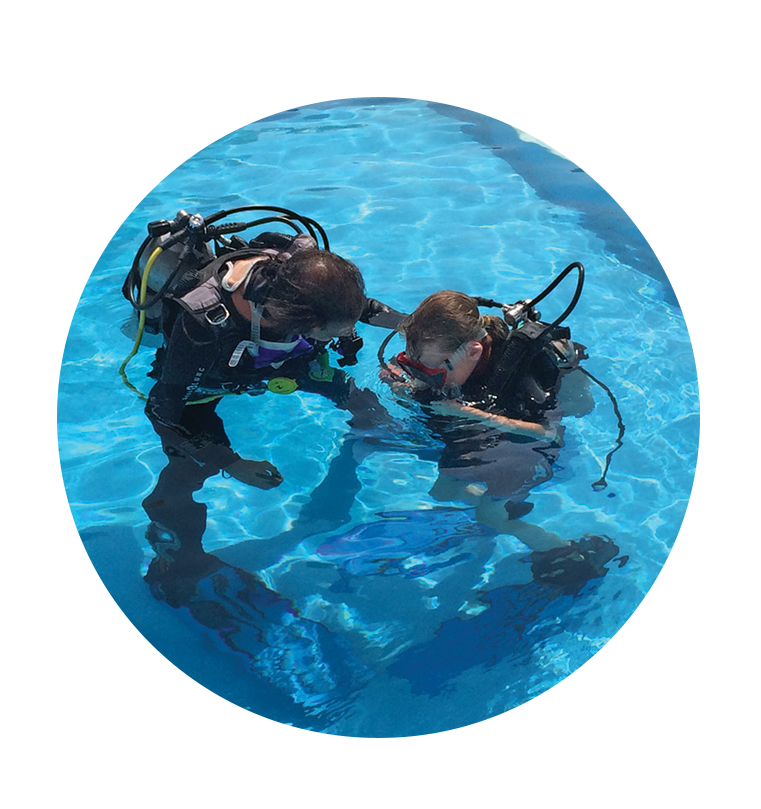
U-16 Adventurer Club
For qualified Scuba Divers regardless of age it’s the Adventurer Club and exploration of the local reefs and marine life. There will be 2 dives every day with the Open Ocean marine field station team who will introduce you to Red Sea marine life and workshops on marine research. Alternatively there are opportunities to continue your scuba diving certifications with our instructional team.

Parents are welcome to join the club activities and join the courses.
BOOK NOW: INFO@PHARAOHDIVECLUB.COM / TEL: +44 7598 329059 or +20 100 6822000
Big Blue might seem like the new kid on the block, but the team behind the highly acclaimed liveaboard is far from that. They have been running Red Sea safaris since the late 1980’s and were in fact part of the early pioneers who ventured out to the unknown on vessels that in today’s world, really shouldn’t have left the harbour! It’s that experience and the years of operating the award-winning Roots Red Sea resort which truly set Big Blue apart from the crowd!
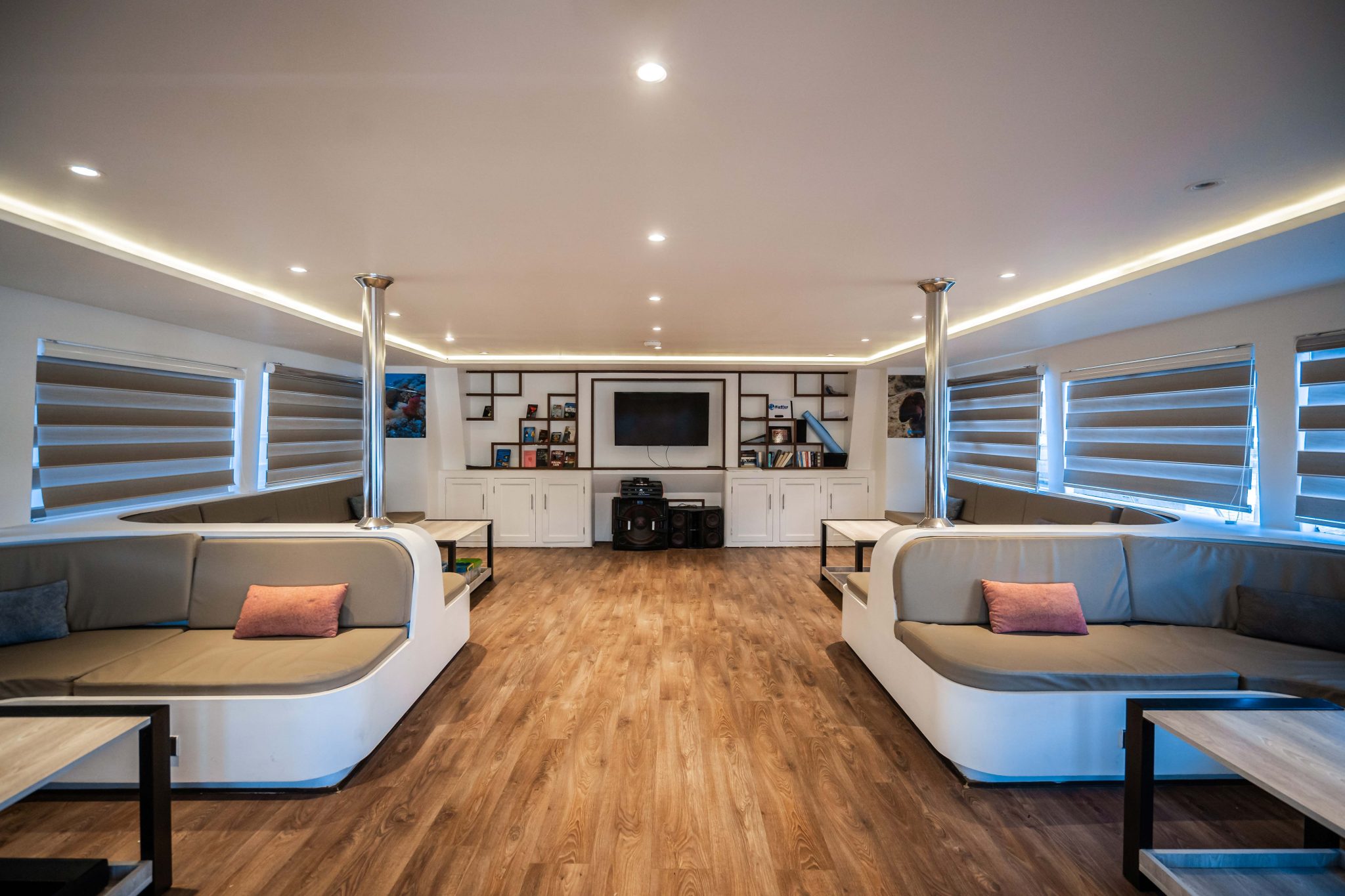
Large lounge area, spacious sun deck and terrace deck.
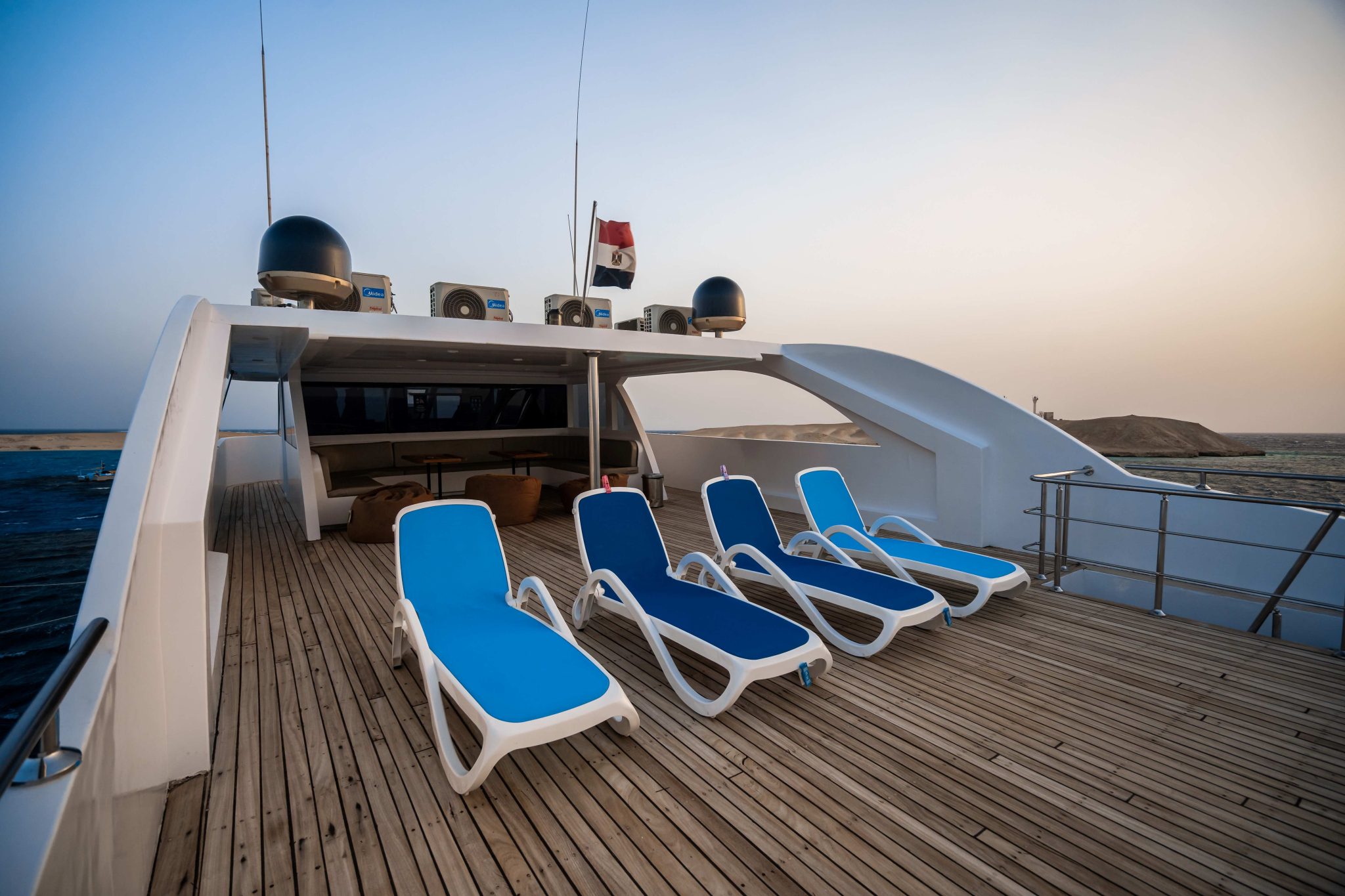
Airy restaurant with five tables with up to six chairs per table, serving a varied and delicious menu with special dietary requirements catered for.
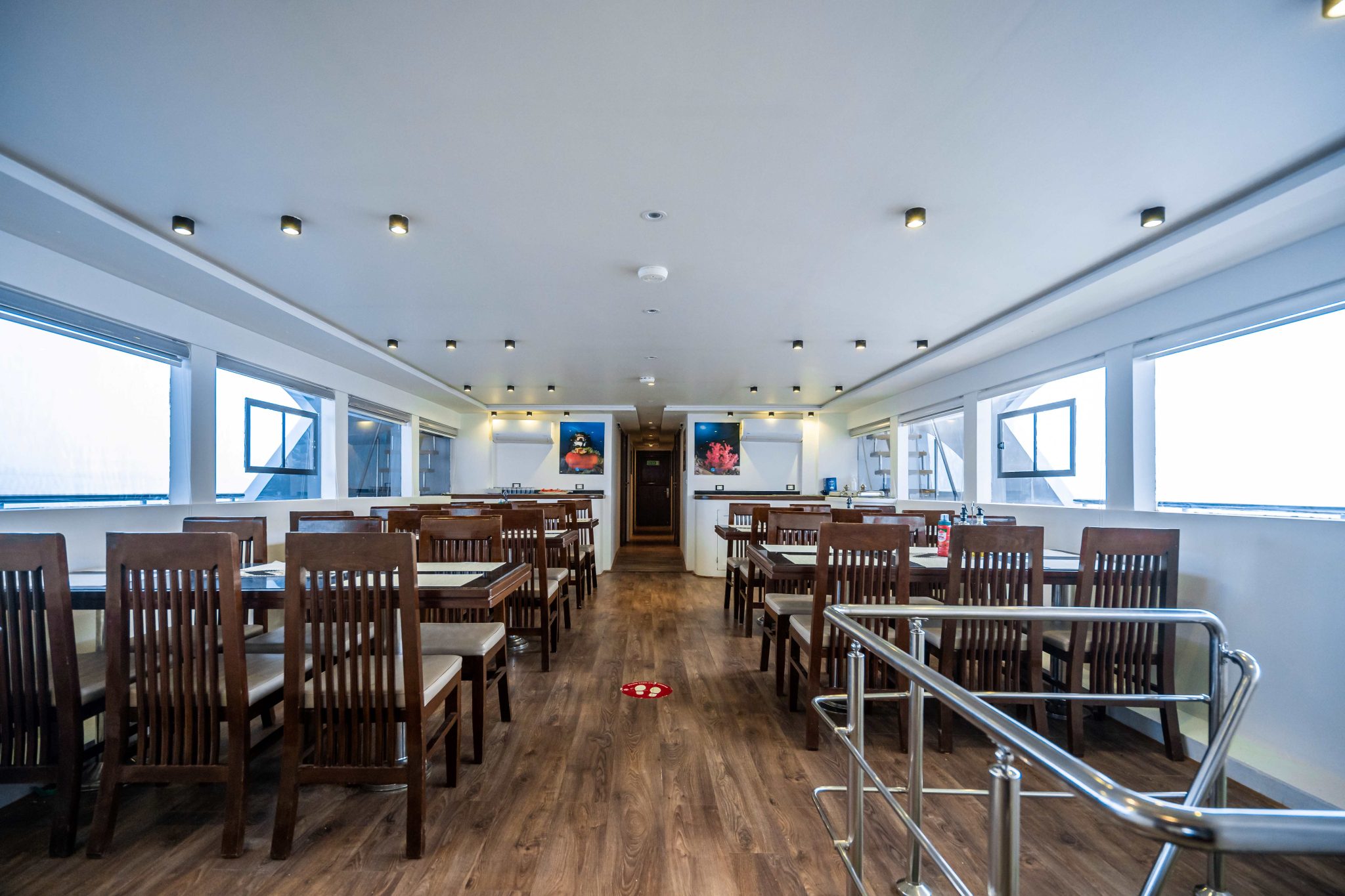
The spacious cabins have side by side beds and a large walk in wet bathroom.

Ample dive deck for divers & snorkelers.
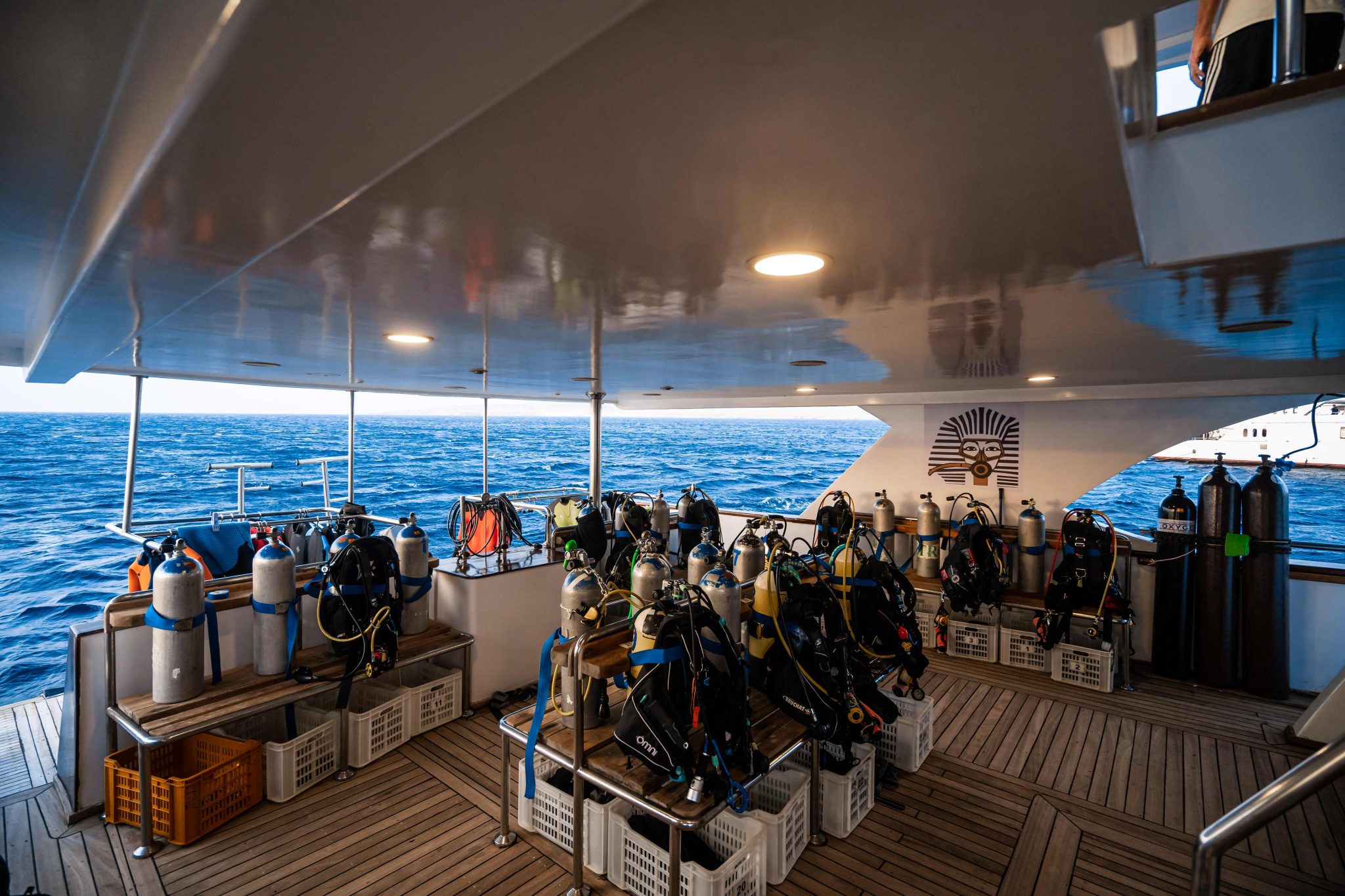
Safety is everyone’s priority, whether you are relaxing on board, swimming, snorkelling or diving.
On board Big Blue is fitted with smoke alarms, emergency lighting and a fire alarm system. The lower corridor has a full-size door fire exit at the bow and open stairs to the stern. There are evacuation plans in each room along with life jackets, glass breaker tool and a fire extinguisher.
BOOK NOW: INFO@PHARAOHDIVECLUB.COM / TEL: +44 7598 329059 or +20 100 6822000
Red Sea Splash at Fury Shoals is a very rare opportunity to get involved with marine biology expedition for children and adults. Open Ocean biologists are on board to provide fascinating and entertaining facts about the marine life you will see. The team will provide workshops on marine life identification and survey methods both of which, should you wish, you will have the chance to put into practice during your safari.
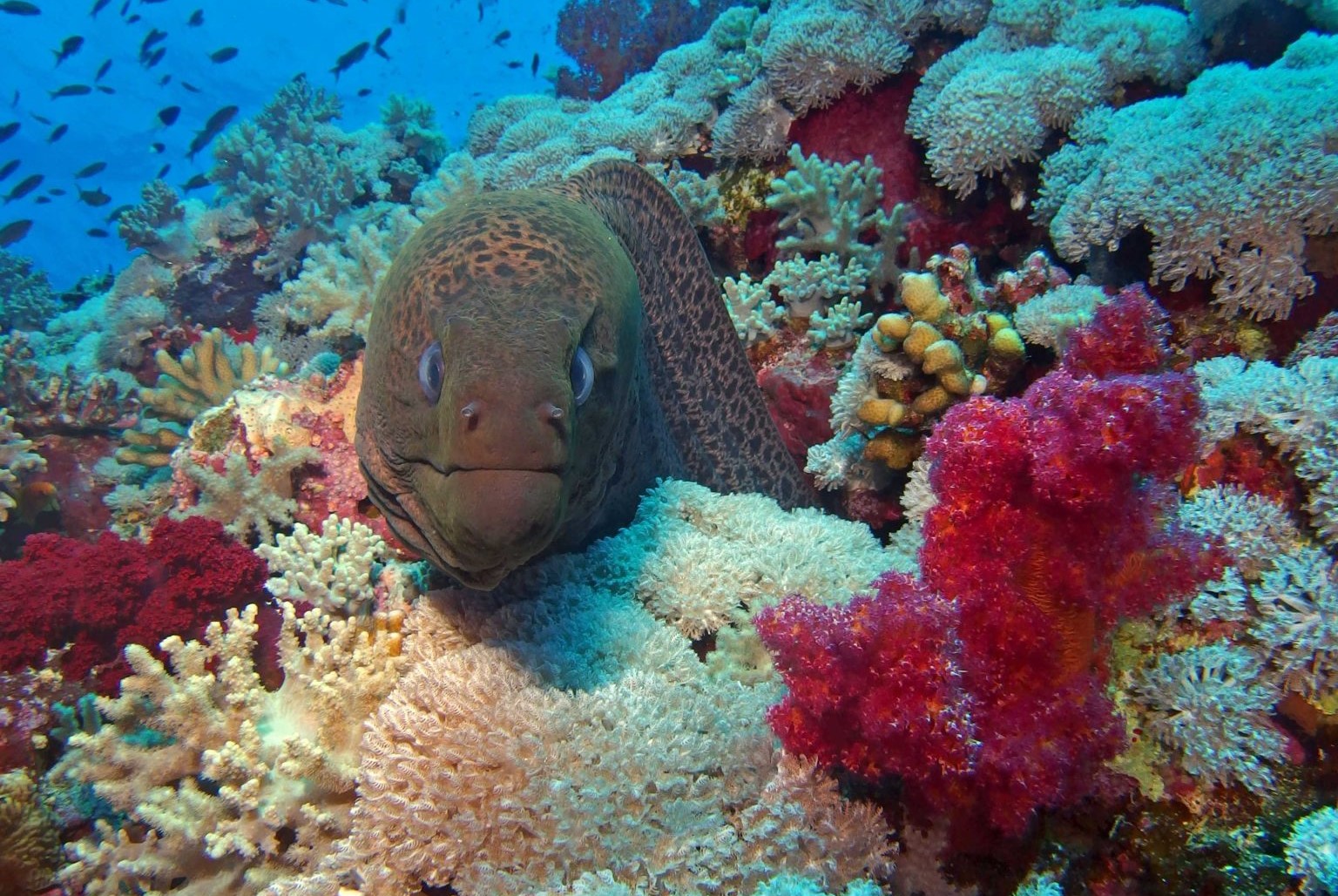
The week is open to snorkelers, scuba divers and non divers too!
Fury shoals is perfect for first time mariners as it offers plenty of protection from the weather.
We board at Port Ghaleb on Saturday evening and prepare to set sail early on Sunday morning.
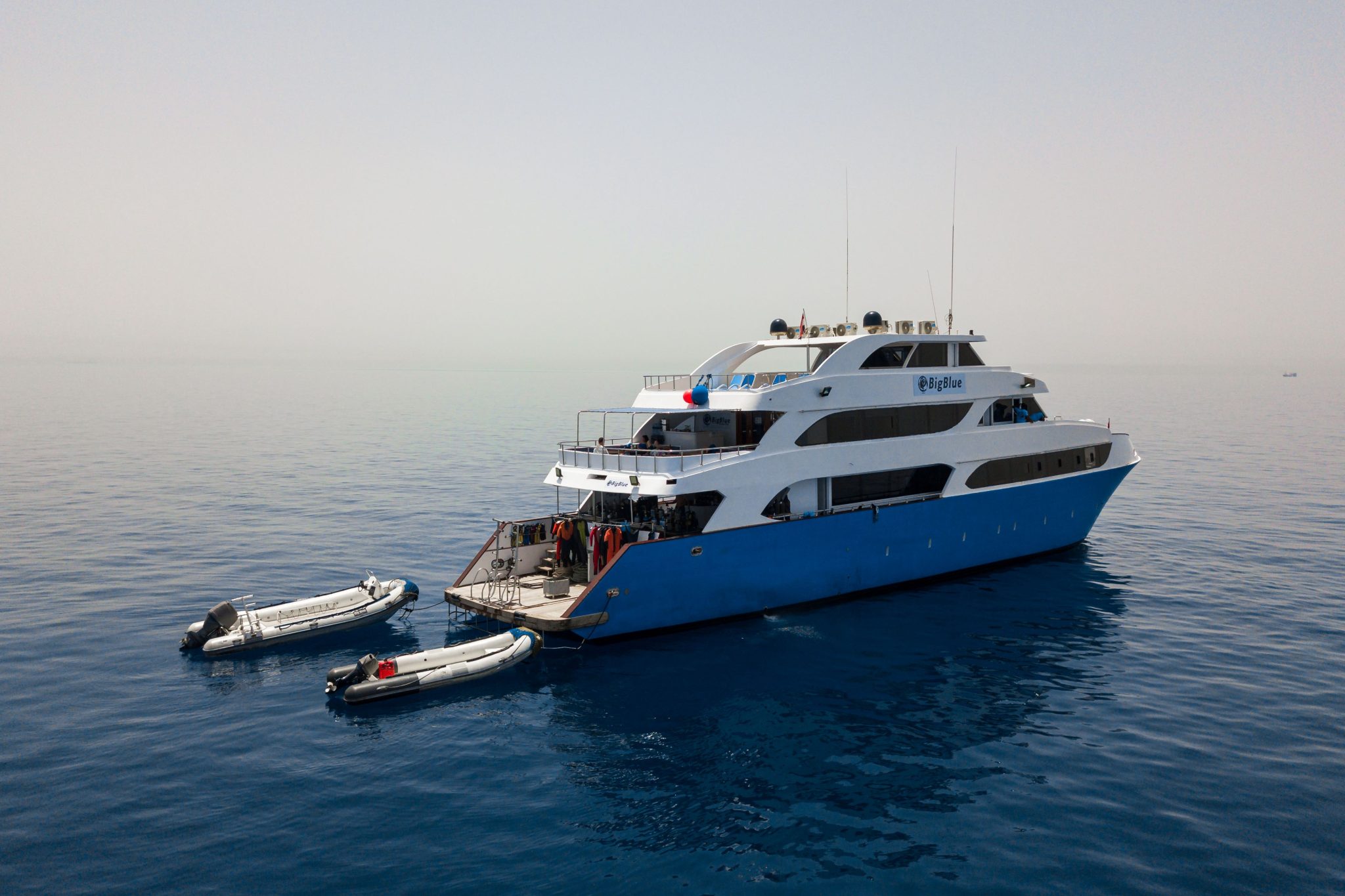
Heading south, our first day will be diving the reefs of Abu Dabbab before sailing overnight to reach our ultimate destination the Fury Shoals.
Here we will spend four days swimming, snorkelling and scuba diving amazing reefs. This includes guaranteed DOLPHIN encounters at Sataya Reef! After the last dive we haul anchor and head back to Abu Dabbab for our final two dives before disembarking our boat BIG BLUE.
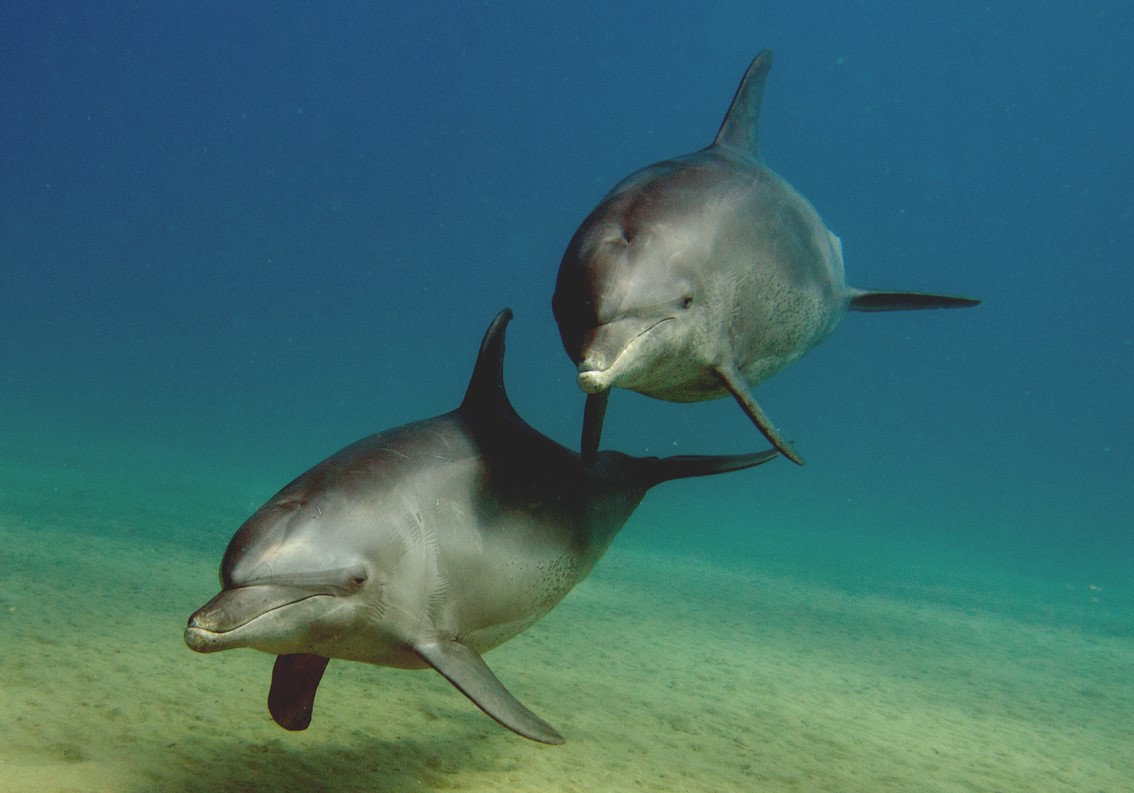
Camp Extension Cost*
Adult £650 per adult
Under 16 £350 per child
BOOK NOW: INFO@PHARAOHDIVECLUB.COM / TEL: +44 7598 329059 or +20 100 6822000
FURTHER INFORMATION – INFO@PHARAOHDIVECLUB.COM
TEL: +44 7598 329059 or +20 100 6822000
Blogs
Meet Pure Dive Resort: Your Gateway to Unforgettable Diving in Bali, Indonesia
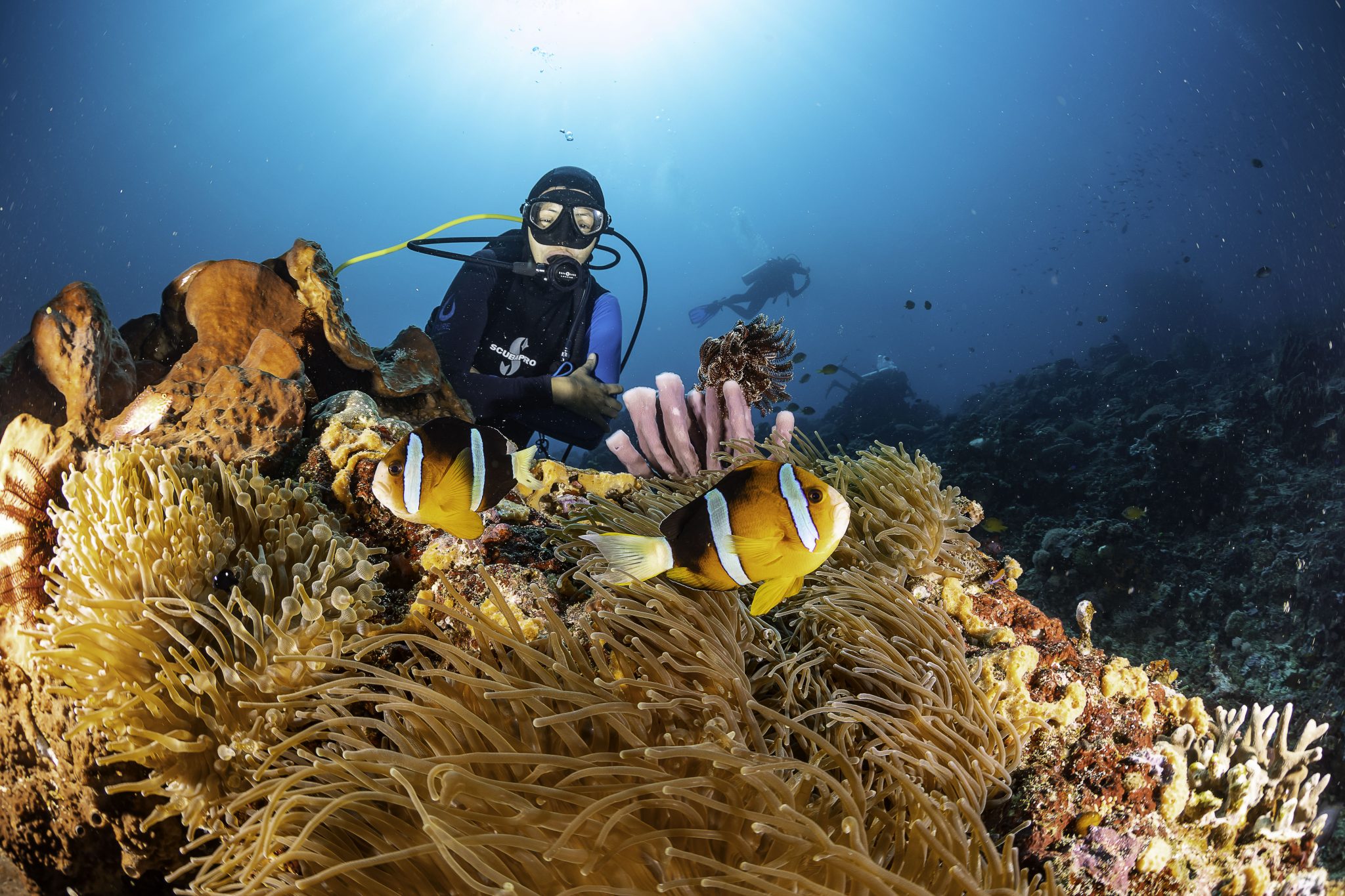
If you’re passionate about the underwater world, listen up! We’ve got an incredible opportunity for you to experience the vibrant reefs and majestic marine life of Nusa Penida, Bali, Indonesia.
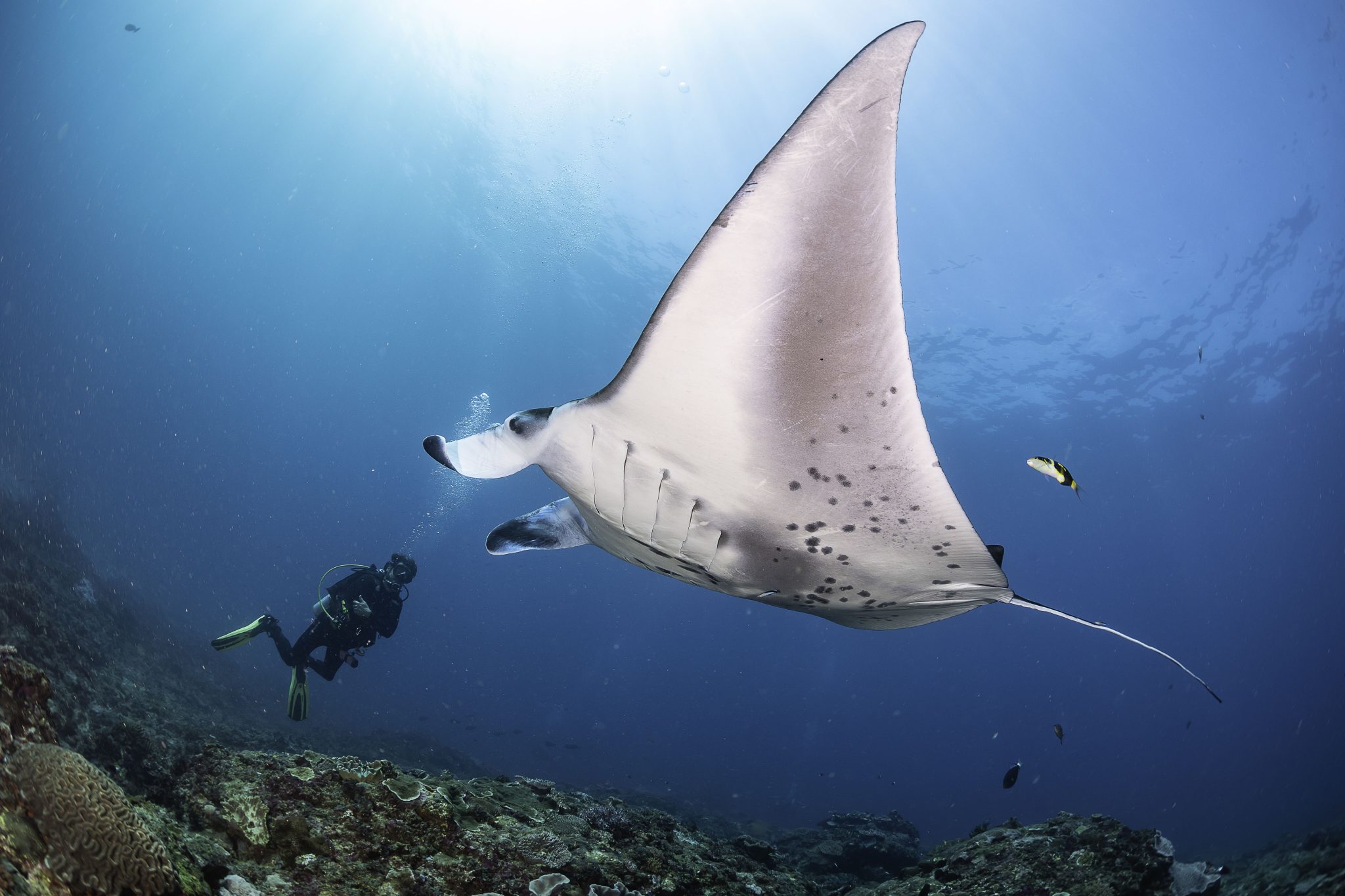
info@purediveresort.com / +62 811 3999852 / www.purediveresort.com
Pure Dive Resort isn’t just another dive centre; it’s a team of experts dedicated to providing world-class scuba diving and freediving adventures around Nusa Penida, Lembongan, Ceningan, and even Bali.
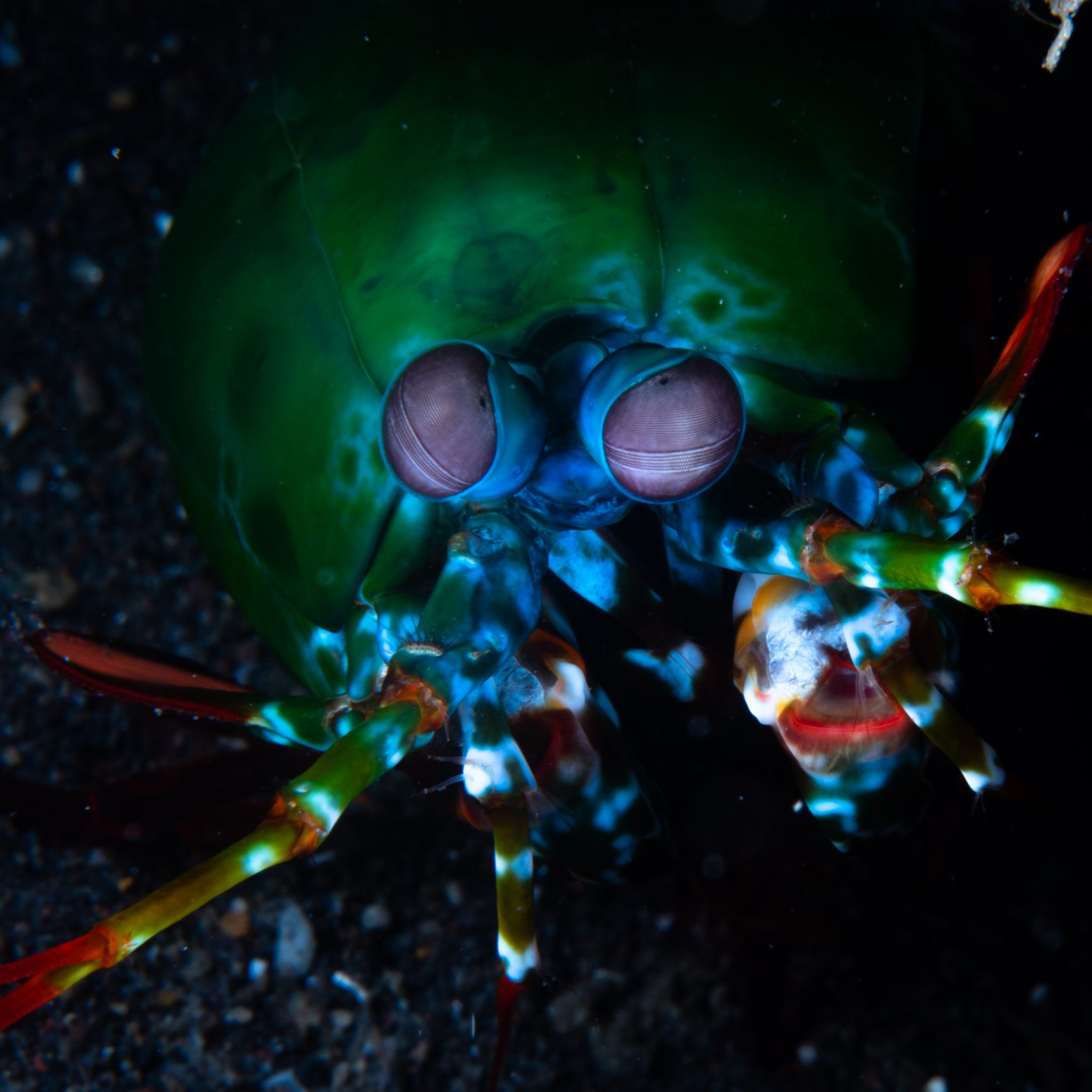
info@purediveresort.com / +62 811 3999852 / www.purediveresort.com
Whether you’re a seasoned diver or completely new to the sport, Pure Dive Resort has something for you:
For certified Divers: Discover stunning dive sites, encounter manta rays, seasonal mola-mola (sunfish), and a dazzling array of marine life.
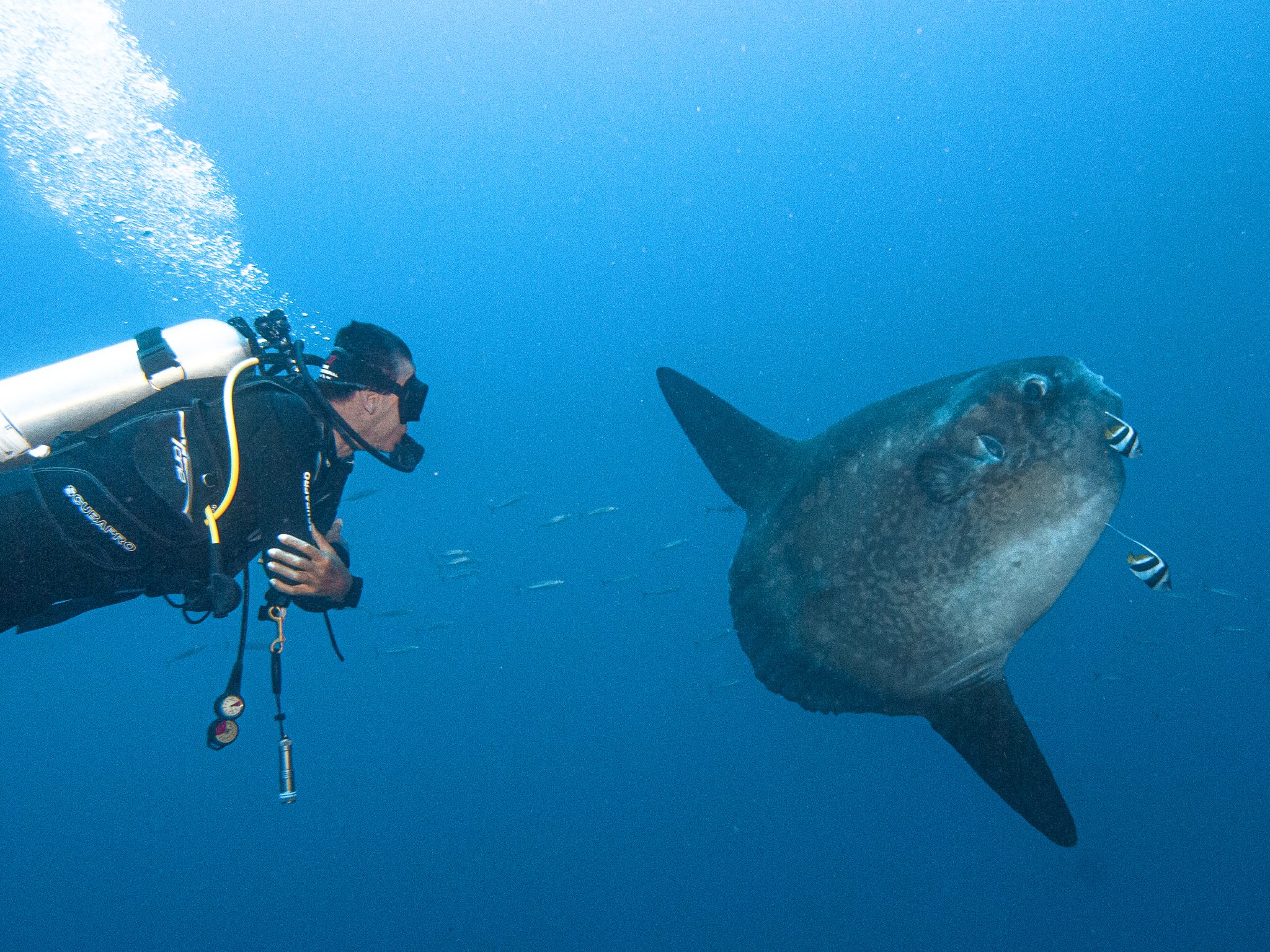
For beginners: Embark on your scuba journey with beginner programs like Try Scuba and Basic Diver, Open Water and Advanced certifications.
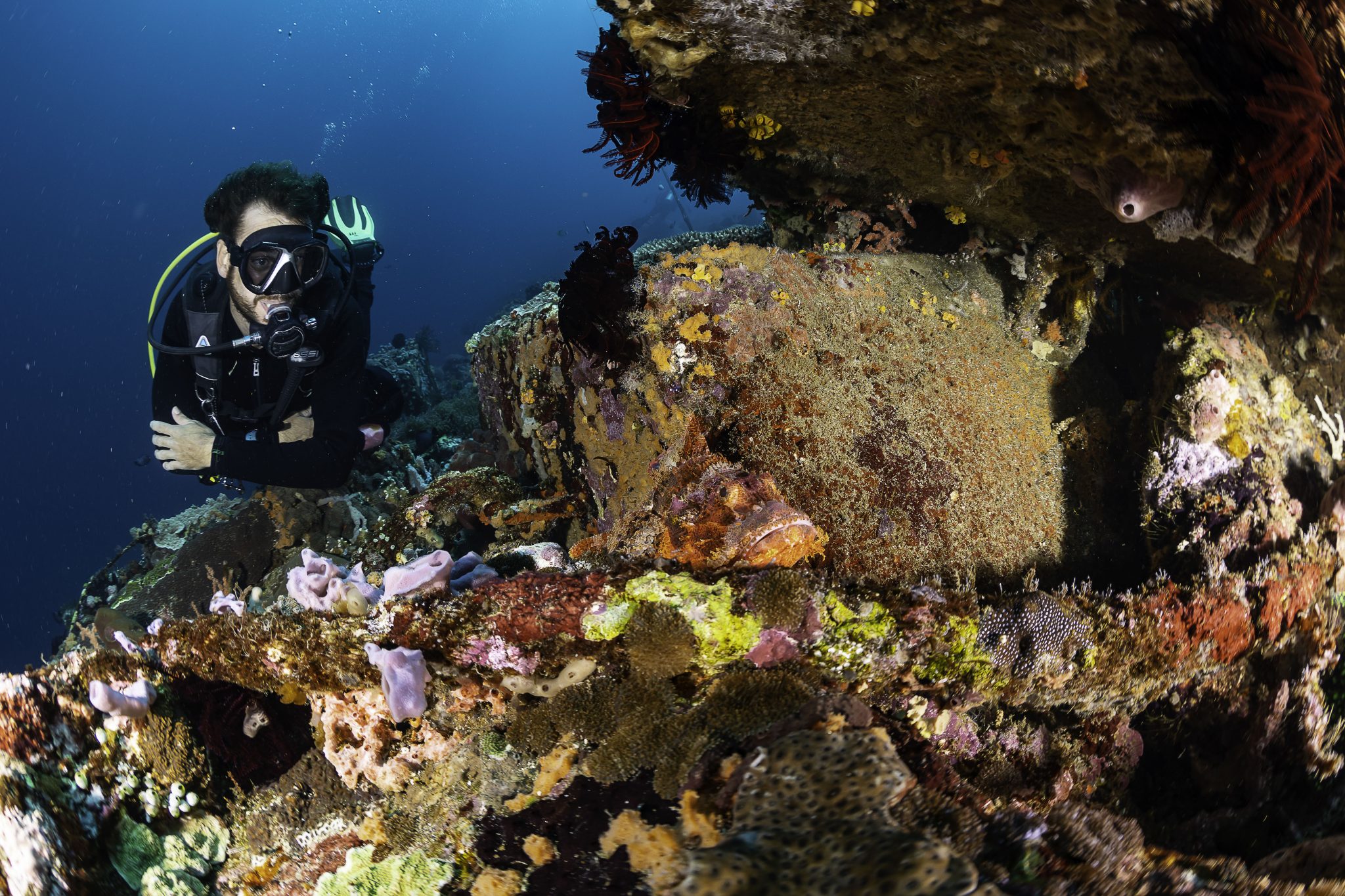
Freedivers: Explore the depths on a single breath with guided freediving experiences and courses.
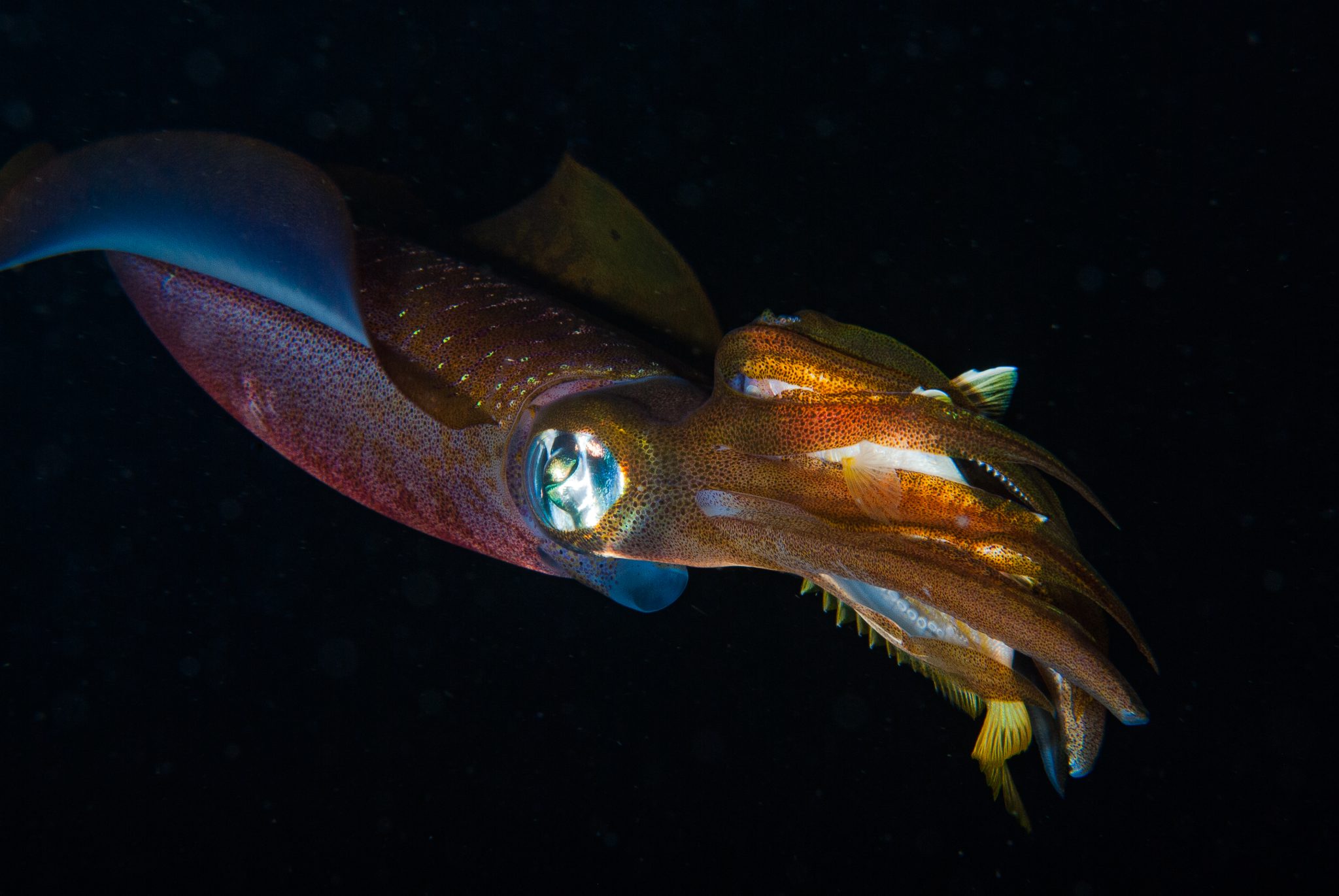
Exclusive Scubaverse Offer: Save on Your Next Adventure
As a valued Scubaverse follower, you get an exclusive 10% discount on any Dive & Stay or Learn & Stay package booked at Pure Dive Resort for 2024. Dive into the crystal-clear waters, explore breath-taking reefs, and create unforgettable memories in this diver’s paradise.
Visit https://www.purediveresort.com/package-offers/ to explore amazing packages and claim your discount with the code: SCUBAVERSE10
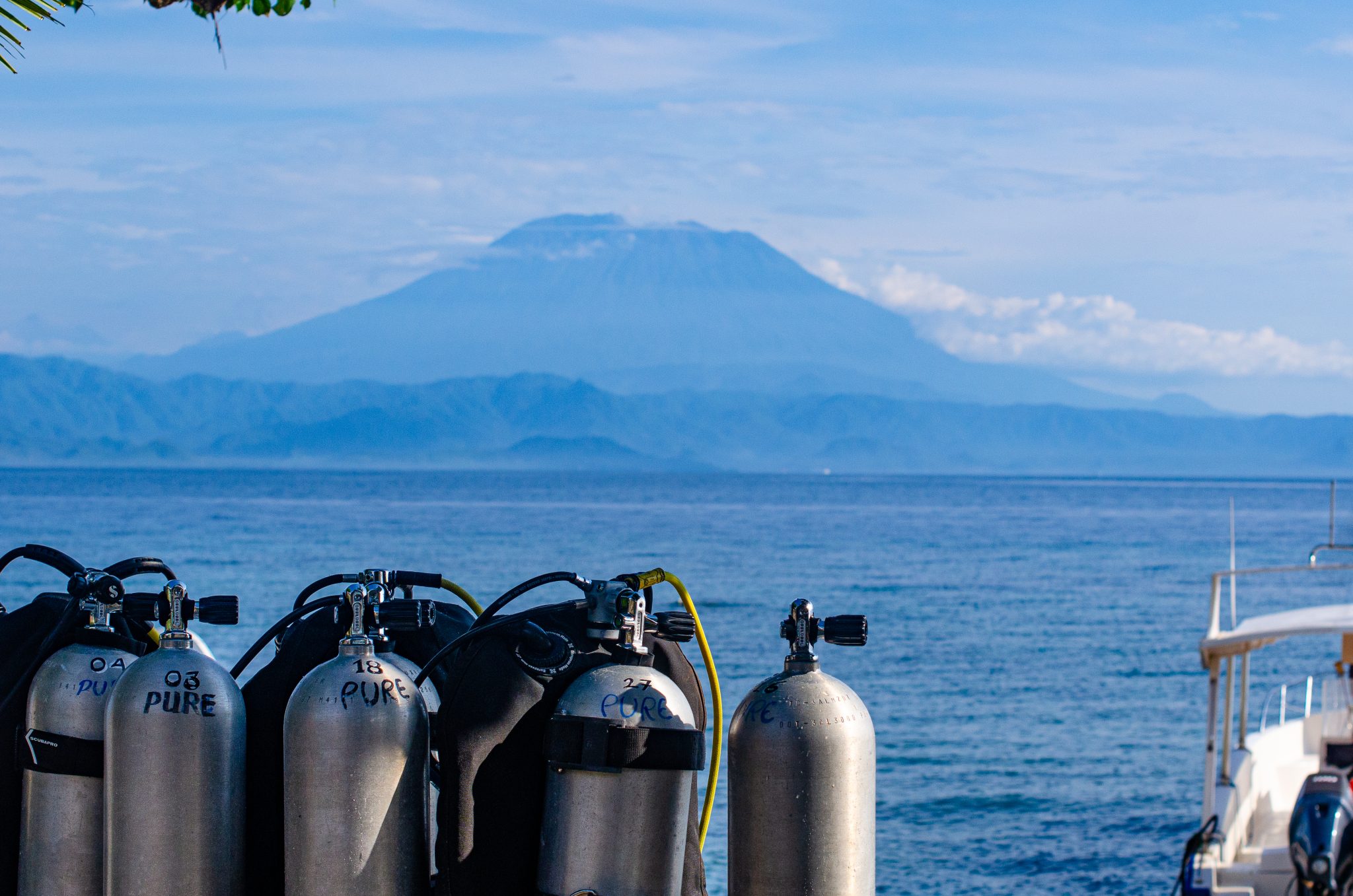
info@purediveresort.com / +62 811 3999852 / www.purediveresort.com
Ready to make a splash?
See you in Nusa Penida!
-
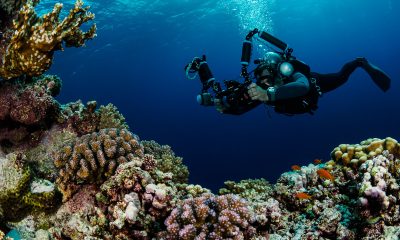
 News3 months ago
News3 months agoHone your underwater photography skills with Alphamarine Photography at Red Sea Diving Safari in March
-
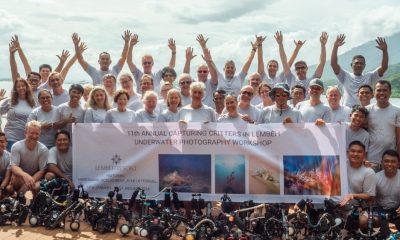
 News2 months ago
News2 months agoCapturing Critters in Lembeh Underwater Photography Workshop 2024: Event Roundup
-
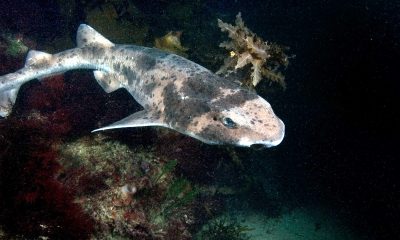
 Marine Life & Conservation Blogs2 months ago
Marine Life & Conservation Blogs2 months agoCreature Feature: Swell Sharks
-

 Blogs2 months ago
Blogs2 months agoMurex Resorts: Passport to Paradise!
-
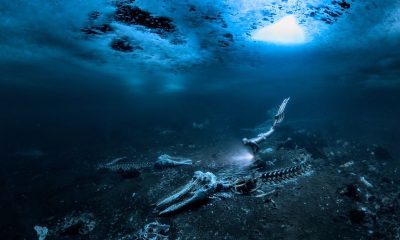
 Blogs2 months ago
Blogs2 months agoDiver Discovering Whale Skeletons Beneath Ice Judged World’s Best Underwater Photograph
-

 Gear News3 months ago
Gear News3 months agoBare X-Mission Drysuit: Ideal for Both Technical and Recreational Divers
-

 Gear Reviews2 months ago
Gear Reviews2 months agoGear Review: Oceanic+ Dive Housing for iPhone
-
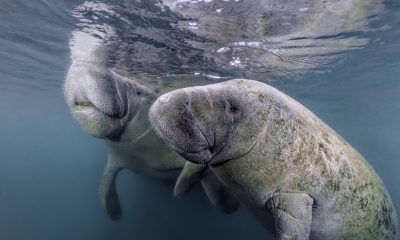
 Marine Life & Conservation2 months ago
Marine Life & Conservation2 months agoSave the Manatee Club launches brand new webcams at Silver Springs State Park, Florida



